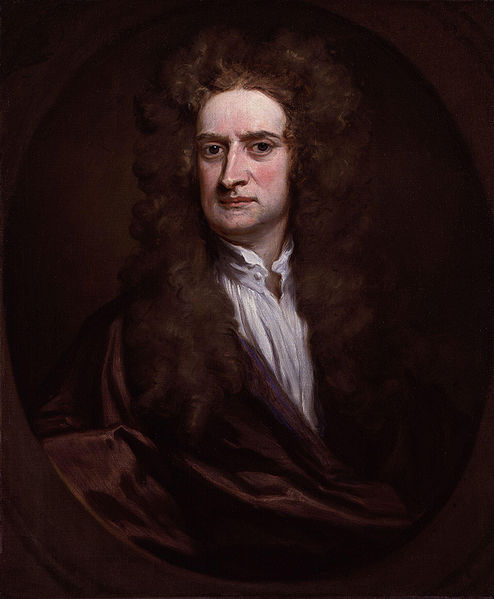This is the second part of Steffen Ducheyne’s presentation of his new book, “The main Business of Natural Philosophy:” Isaac Newton’s Natural-Philosophical Methodology. You can find the first part here.
Steffen Ducheyne writes …
In the Principia (1687), Newton developed a detailed picture of how one may deduce causes from phenomena (for the technical details I refer to Chapters 2 and 3). Newton’s expression ‘deductions from phenomena’ has oftentimes been considered as a rhetorical tool by which he sought to distance himself from his opponents. However, close scrutiny shows, I believe, that Newton’s ‘deductions from phenomena’ have profound methodological significance as well. I do not, however, endorse the view that Newton’s Principia-style methodology was therefore non-hypothetical. Rather, what makes it methodologically interesting is that it encompassed procedures to minimize speculation and inductive risk in the process of theory formation. What is distinctive of Newton’s Principia-style methodology is that he established bi-conditional dependencies between causes and their effects from the laws of motion. In other words, the causes which Newton would later infer in Book III were backed-up and constrained by the laws of motion. Given these dependencies, Newton was able to present his derivations of the centripetal forces acting in our solar system as deductions and, hence, as ‘deductions from phenomena’. I want to emphasize, however, that Newton’s proceeding from phenomena to theory, i.e. his presenting of certain inferences as deductions from phenomena, taken as such is not what makes his method essentially different from hypothetico-deductivism. Rather, proceeding from phenomena to theory is the by-product of what genuinely makes Newton’s method distinctive from hypothetico-deductivism: the establishment of systematic dependencies backed-up by the laws of motion. These systematic dependencies, in other words, mediate between experimental or astronomical results and the very causes which account for these phenomena.

Portrait of Isaac Newton (1702)
Once he had finished the Principia, Newton returned to his optical studies, which would eventually lead to the publication of the Opticks in 1704. Could he now methodize optics according to the highly sophisticated standards which he had developed in the Principia? In my view, the answer is negative. For instance, I have argued that Newton’s argument for the heterogeneity of light rests on an argument of uniformity that cannot be licensed by Newton’s second rule of philosophizing. I have also paid considerable attention to the problem of transduction which Newton encountered in his optical studies. In mechanics, the affected entities, i.e. the explananda – bodies moving along specific trajectories, and their constituent elements, namely, the particles constituting these very bodies – all have a theoretically salient property in common, namely, mass. Because gravity is proportional to mass and because the latter is additive, gravity is likewise additive. This allowed Newton to show that a body’s overall force can be decomposed into the individual forces of each of the bodies constituting that body and vice versa. In optics, by contrast, we do not know – at least not without speculating on the matter – the constituting elements of the explananda. In the Opticks Newton could not establish ‘deductions from phenomena’ because, in contrast to the physico-mechanical theory of the Principia, a mixed science describes a given phenomenon mathematically without an accompanying explanatory story. In other words, in the Opticks the inference of causes could not be constrained by a set of laws which carry information about the proximate causes involved.
By way of outro and also as a teaser, I would like to conclude by devoting some words to the provisionalism that characterized Newton’s later methodological thought. Newton’s provisionalism pervades the third and especially the fourth regula philosophandi, which were added in the second (1713) and third (1726) edition of the Principia, respectively. The provisionalism which Newton envisioned did not apply to the ‘deductions from phenomena’, but rather to propositions ‘rendered general by induction’ – at least evidence from Newton’s manuscripts leads me to believe so. Based on a careful study of Newton’s manuscripts, I have also succeeded in clarifying what Newton understood by qualities which cannot be “intended and remitted” and, on the basis of this, I have concluded that the Cohen-Whitman translation of “intendi et remitti” as “increased and diminished” is incorrect. I could say much more about my book, but I hope that this will suffice to get you interested in reading it.

